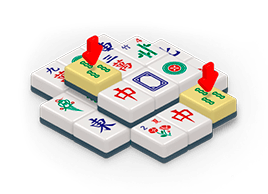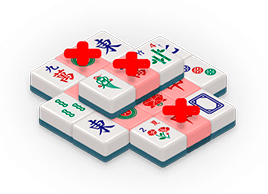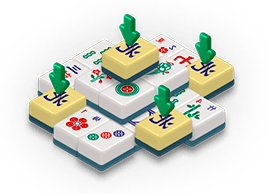
Click & Match Tiles
Playing Mahjong Solitaire is extremely simple when using our platform: you simply need to match up any tiles that share the same pattern and color scheme. As you play, you will unlock more tiles by removing two matching tiles from the board. The goal is simple: match every tile on the board to their matching tile and clean the board of all tiles.
The simplest way to start is to look for matching tiles which are paired adjacently to one another. As you go, though, this becomes more difficult. Also, please note that in Mahjong Solitaire tiles have to have at least one edge open – you cannot match tiles that have no edges open. The goal is to ensure that no isolated tiles are left on the board, as excessive numbers of isolated tiles will mean you lack the combinations needed to clear the board.



